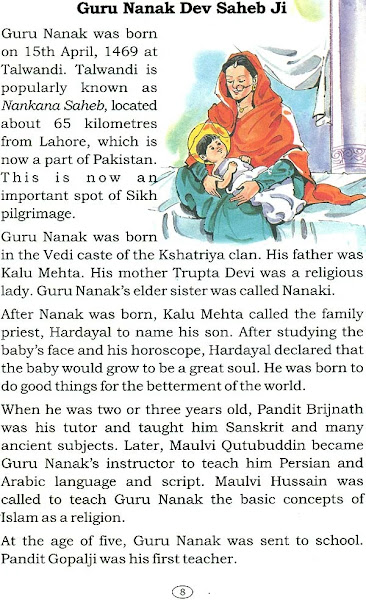Wandering mind that happens so often, what do we really know about this process of mind-wandering?
The awake human
mind spends from a third to half its time wandering. That’s a big range, a
rough estimate, and there are good reasons to be suspicious of it. Estimates
aside, though, introspection reports that the mind wanders surprisingly often.
The brain is
much more sensitive than other organs. All other organs have specific
functions, but the brain has a few specific functions, and the rest is left
open. This is the problem of being human. Any other creature has specific
goals, nothing more. They must eat well, grow well, reproduce well, and die one
day – everything is set. Only a human being is wondering, “Why am I here? What
is the nature of my life? Where do I come from? Where do I go?” All these
questions only come up when you are human. The difference between a human being
and any other creature is that in human beings, the cerebral cortex and other
parts of the brain have flowered.
What drives the
mind to wander?
Does anything
drive it to wander?
What is the mind
searching for?
Is the
transition from focused thought to meandering thought random?
Is it a failure
of control, or is there some dark purpose behind these mental movements?
Why does
the mind wander so much?
Because:
1. It’s wild by nature and mostly remains untrained.
2. It’s a protective mechanism for human survival,
continuously scanning for danger.
3. It’s looking for an escape route, being confused
due to an over bombardment of useless information in current environment.
“This
flow of thoughts that we engage in on a daily basis is fascinating and yet it
has been largely unexplored.”
OUR TENDENCY
TO MIND WANDER
Humans on
average spend up to half of their waking hours mind wandering.
There are
different types of minds wandering. For example, we may sometimes mind wander
on purpose when we are bored with what we are currently doing. Other times, our
mind accidentally wanders off without us noticing.
Individuals who
are often sad or worried mind wander more frequently compared with individuals
who are happy and have nothing to worry about.
People with
bored, stressed, unhappy and depressed mood and intoxicated with alcohol
consumption mostly suffer with this phenomenon.
Cognitive
scientists are currently in a debate about whether mind-wandering is good for
us or not.
Mind wandering
(MW) has recently been associated with both adaptive (e.g., creativity
enhancement) and maladaptive (e.g., mood worsening) consequences.
Mind-wandering can make you happier…depending
on the content.
If you are a
frequent daydreamer, your brain may simply have more capacity to think, and can
tune out if you are performing an easy task.
Meditation
can reduce mind wandering
Just like
practicing kicking a soccer ball or throwing a baseball rewires the brain so
you improve at those skills, meditation may
rewire the brain so that your mind wanders less.
When you
practice meditation, you may be constantly bombarded by thoughts. Some of those
thoughts cause your mind to wander, simply bring your attention back to the
object of focus (e.g., breath).
By doing
this repeatedly, you are training your mind
not to wander?
The
subject of concentration is disgusting, and tiring for the neophyte; but it is
the most interesting and beneficial science in the world. When one advances in
concentration, when one takes real interest, when one has realized some
benefits, he cannot leave the practice. The vital point in concentration is to
bring the mind to the same point or object again and again by limiting its
movements in a small circle in the beginning. That is the main aim. A time will
come when the mind will stick to one point alone.
Happiness exists in the present but hardly anyone lives for long in the
present because the mind is always wandering away from the present to something
it thinks will be better or something it thinks was better
or some strategy to deal with the anxiety that it may lose whatever it has.
Learning to “control” the mind in this way is key, and it definitely
doesn’t happen overnight. That’s why they call it a practice.
“There are 2,500,000 gigabytes of storage space in your
brain. The top-of-the-line iPhone 13 Pro Max has 1TB .” – The
L.A. Times











